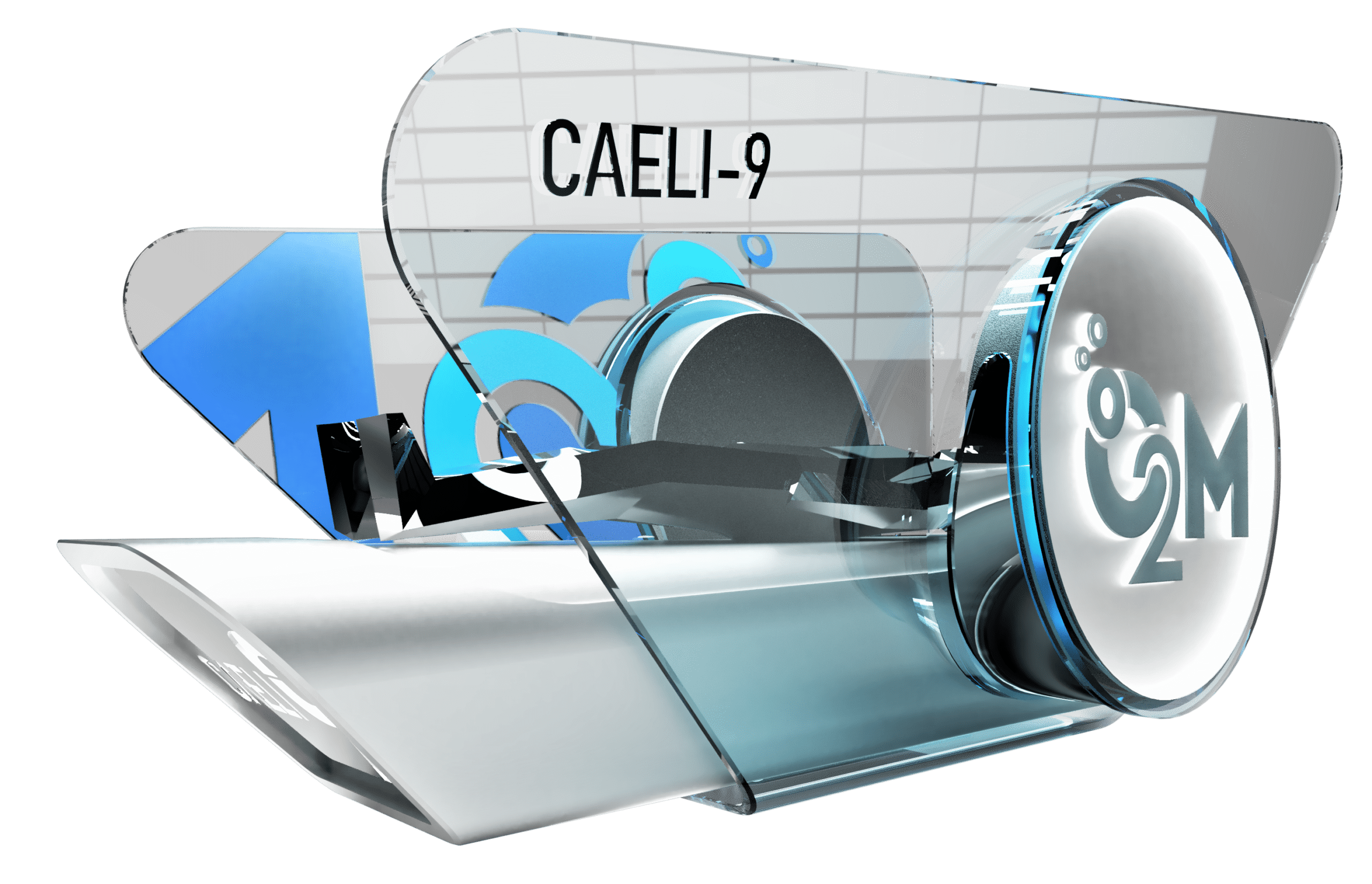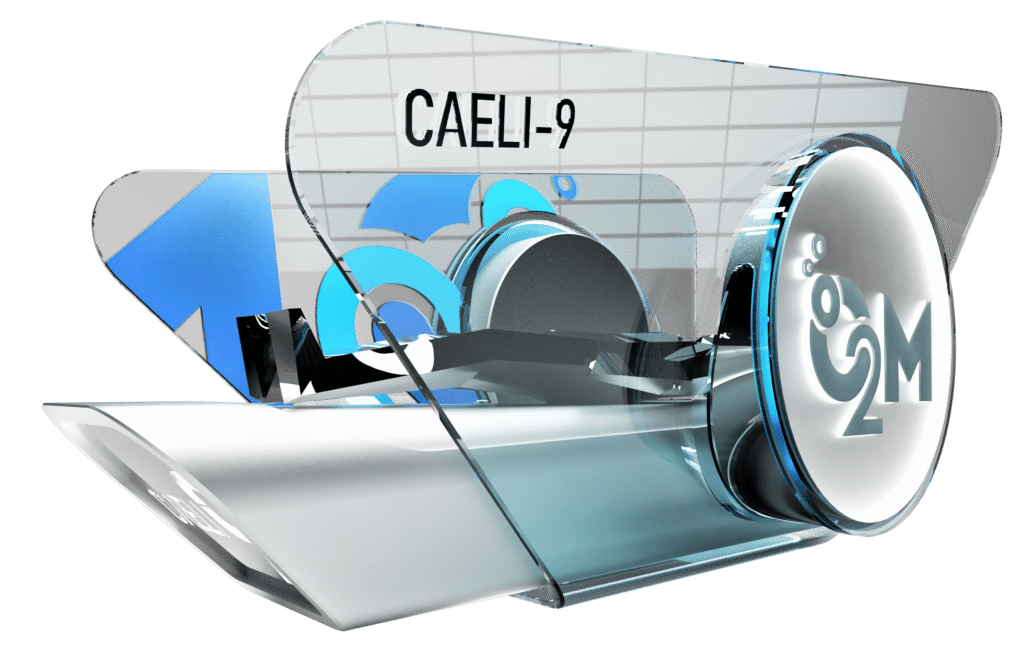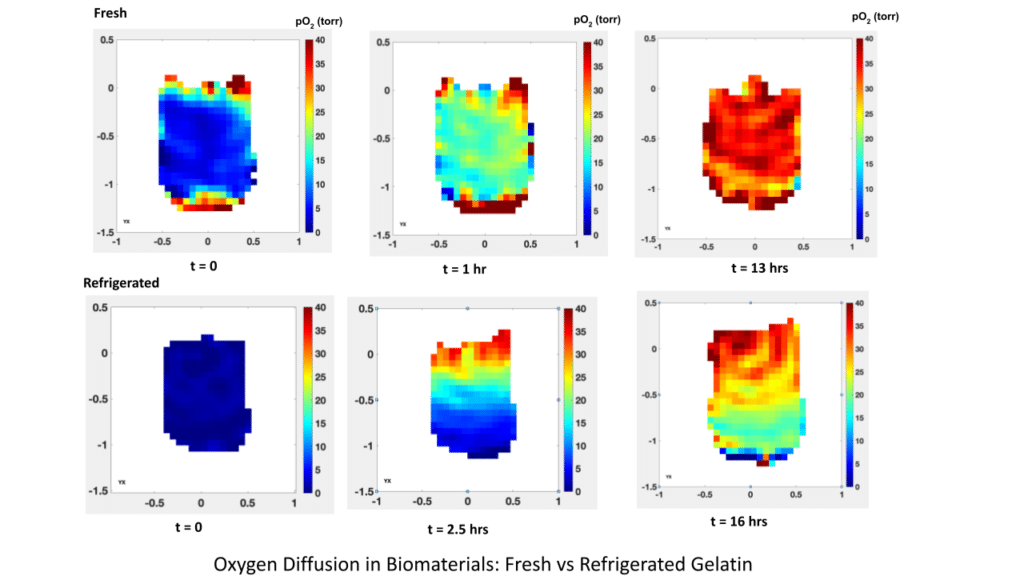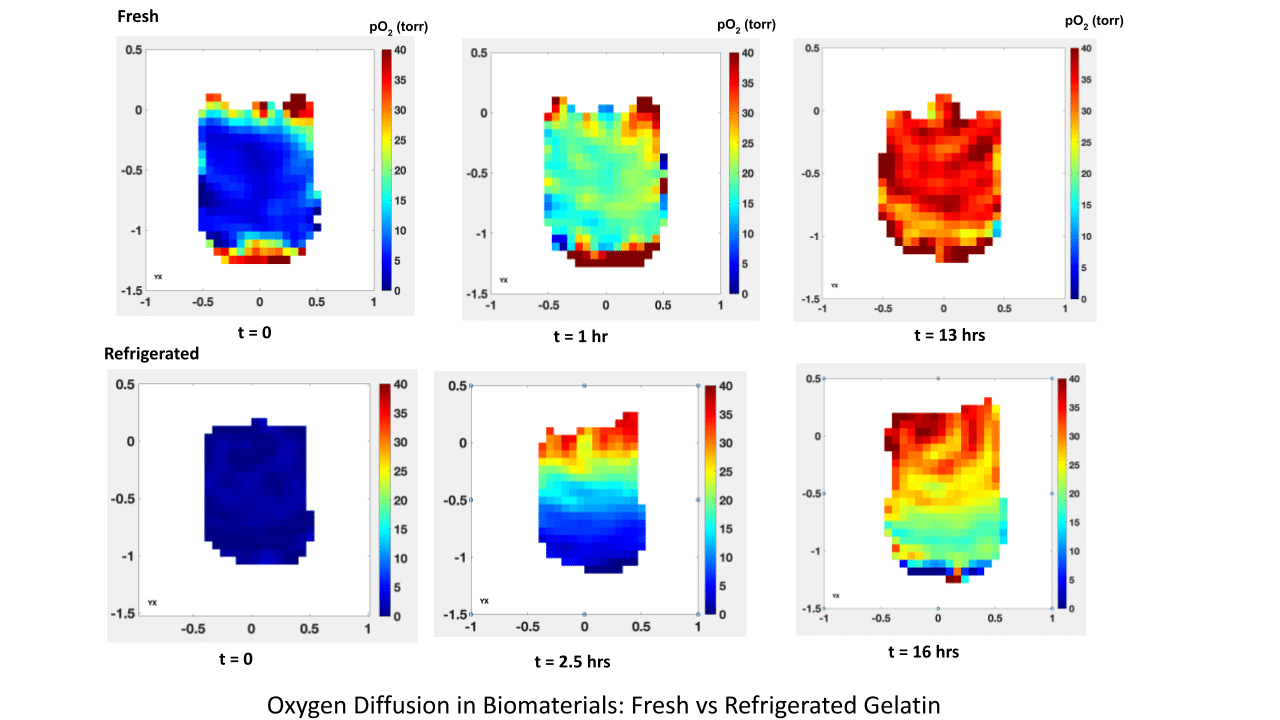O2M Will Build the World’s First Clinical Oxygen Imager
The 2019 Nobel Prize in medicine for the discovery of oxygen signaling pathways highlights the importance of oxygenation as a physiologic parameter. Oxygenation, the delivery of oxygen to cells and tissues, plays a key role in cancer development and aggressiveness. Tumors have a highly heterogeneous oxygen environment and low oxygenation - hypoxia - is an obstacle to cancer therapy. Cancer cells that manage to survive in low-oxygen environments can evade chemotherapy & radiation therapy, and are more likely to become metastatic. For these reasons, tumor hypoxia is a well-recognized prognostic indicator for cancer, demonstrated to have an adverse effect on soft tissue sarcomas, head and neck cancer, and many other cancer types. However, currently clinicians do not have access to a quantitative human-sized oxygen imaging instrument.

O2M Technologies, founded by Dr. Mrignayani Kotecha, Dr. Boris Epel, and Dr. Howard Halpern, recently received an NIH/NCI SBIR Phase I grant to build the first of it’s kind human oxygen imager prototype, named CAELI-9. CAELI-9 will utilize a 9 mT human size magnet to generate low-field electron paramagnetic resonance images, delivering actual-value images of oxygen tension in tumor tissue with high precision. Mapping tumor oxygenation noninvasively in real timewould be a powerful tool in radiotherapy guidance. CAELI-9 can be integrated into the cancer care workflow. This technology would open the way to develop more targeted therapies and new treatment strategies for cancer.
O2M Will Build the World’s First Clinical Oxygen Imager Read More »



